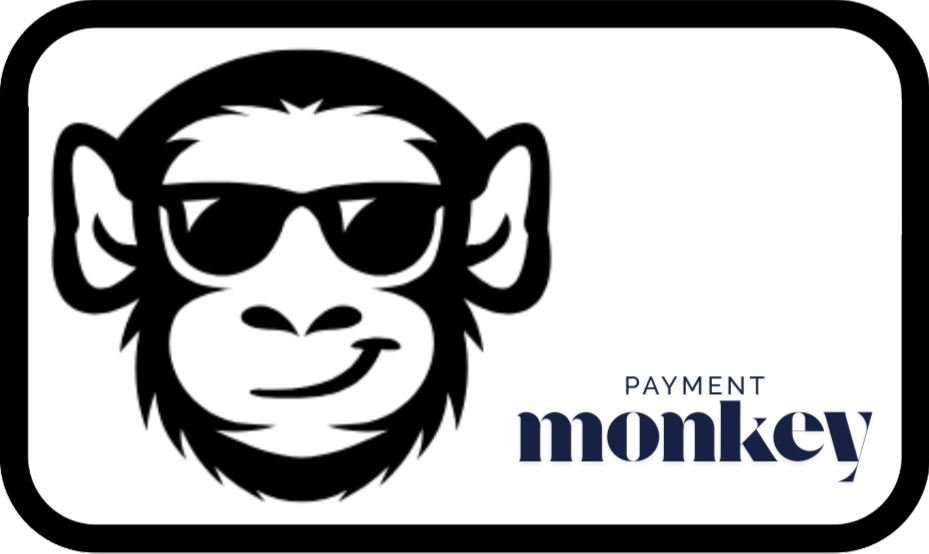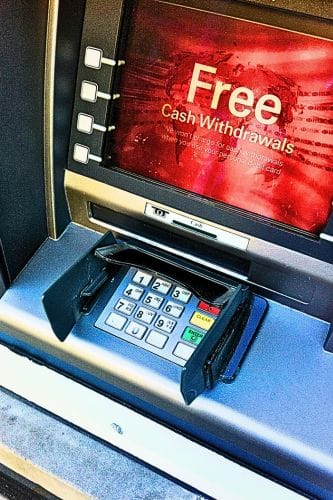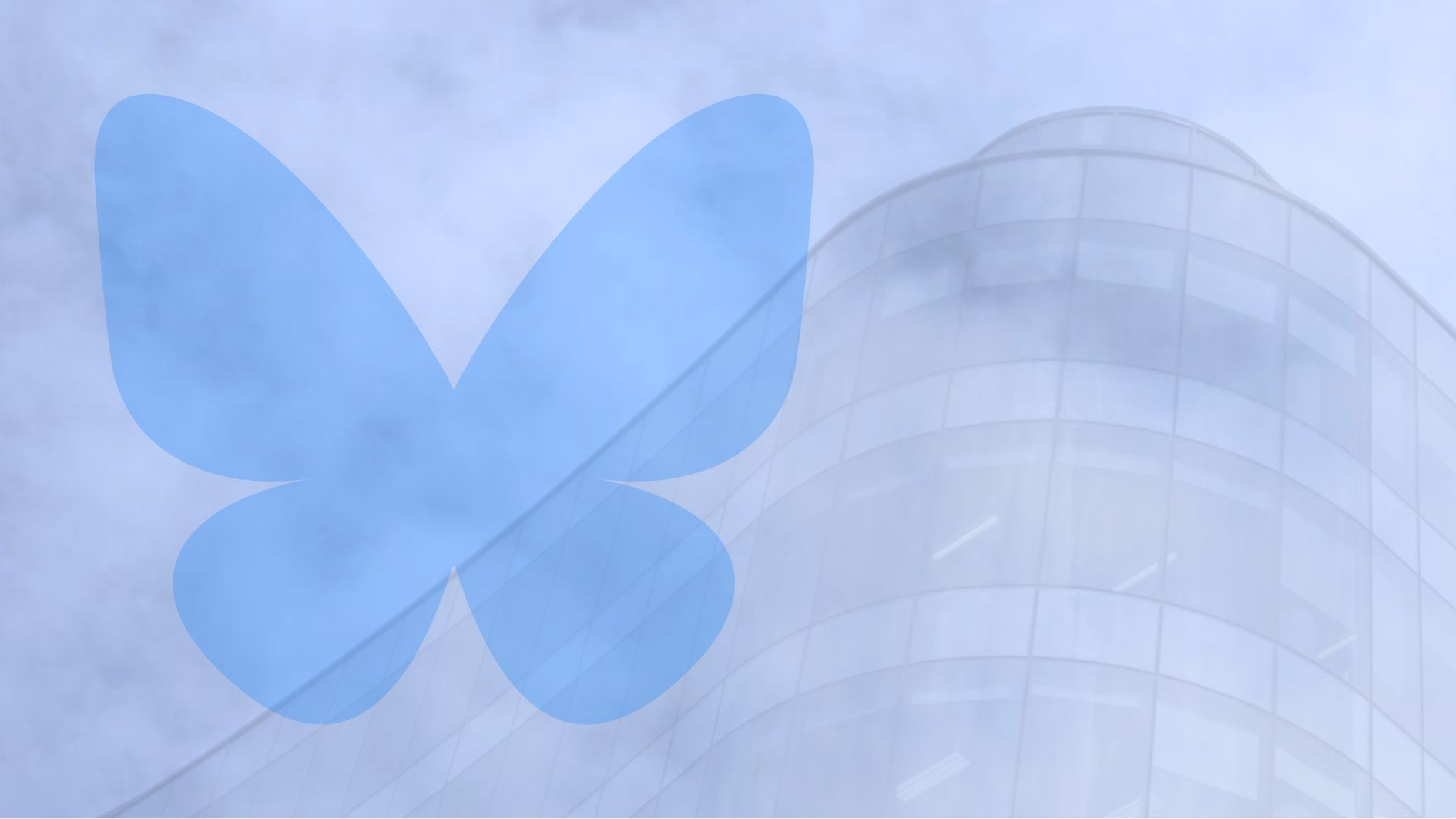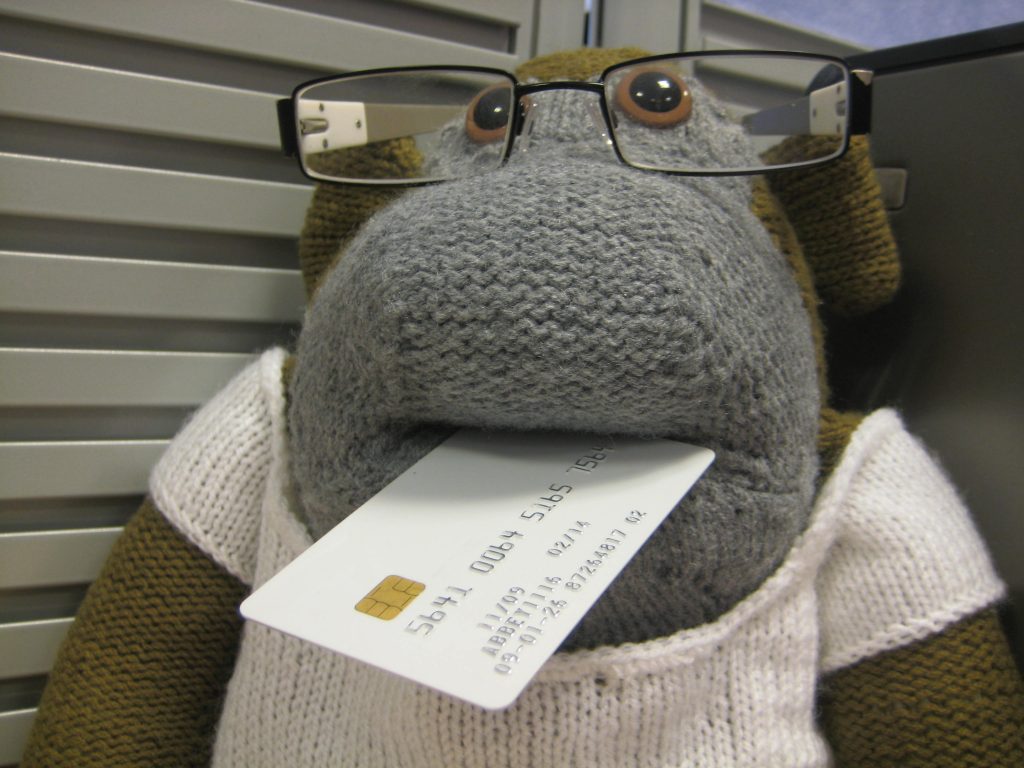What is good design?
Good design is more than just something to look at. Good design is a thoughtful blend of form, function, and understanding. At its core, a good design solves problems in a way that feels effortless, clear, and purposeful.
Good design is honest and doesn’t pretend to be something it isn’t! It avoids unnecessary complexity, striving for simplicity, and focusing on the essential elements that makes stuff work.
Good design stands the test of time, retaining its functionality and appeal whilst gracefully adapting to changing contexts. It also shows an understanding of human behavior, psychology, and perception, demonstrated in both form and utility.
Ultimately, good design endures because it feels “right”, it does the job and it reflects what people need. People might not always know what they want, but when they see it, feel it, touch it and use it, invariably they know what they don’t want!
It’s a Toolbox!
Good design involves choosing the right tools for the task at hand, it does not mean using everything just because it’s there. System design is like having an intellectual toolbox: it contains a range of instruments, each designed for a specific purpose, from wireframes and flow charts to prototypes and style guides. The skill lies in understanding which to reach for, and when to leave them alone.
Sometimes, all that is needed is a simple drawing to show a complex relationship and interaction. On other occasions, it might be necessary to develop a fully interactive prototype to bring an experience to life.
Good designers know that adding more isn’t always adding value. Designing any system is about solving problems with simplicity and efficiency, it’s about using the best tools for the job, not ALL the tools for the job.
Simplicity is the Ultimate Sophistication. – Leonardo da Vinci
The Shortest Distance between Two Points
It isn’t always a straight line.
However, it’s often easier, and it will look like you are making a really good start, if you record and document all the features of the “old” system, declare these as the requirements for the new system and then immediately hand the “requirements” over to the developers.
If you don’t want to transfer the issues and errors of the old platform, you should document, diagram and take the time to understand the nature of the game. You should then break down the old physical model into its logical components to create an old logical model. You can then discard any nonsense, add new logical features according to business needs, and then use this to model and design the new services.
Always take time to review, if it doesn’t work on paper, it doesn’t work!
Follow the link for my preferred approach to Business System Analysis.
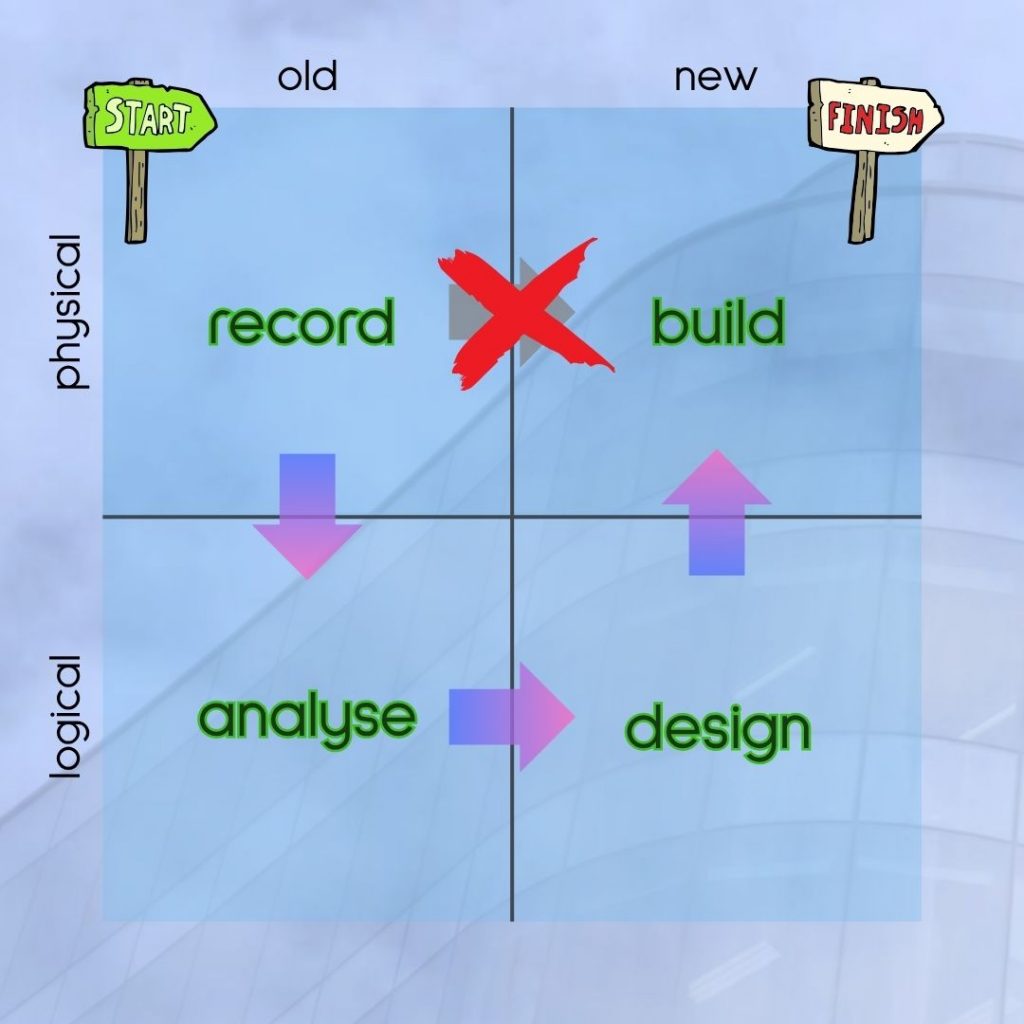
Explore the Future of Payments
The global payment ecosystems continues to evolve with technologies like AI, tokenisation, and real-time payments.
Stay ahead of the game by diving deeper into the world of payment processing.
Have questions or need expert insights? Contact us.

